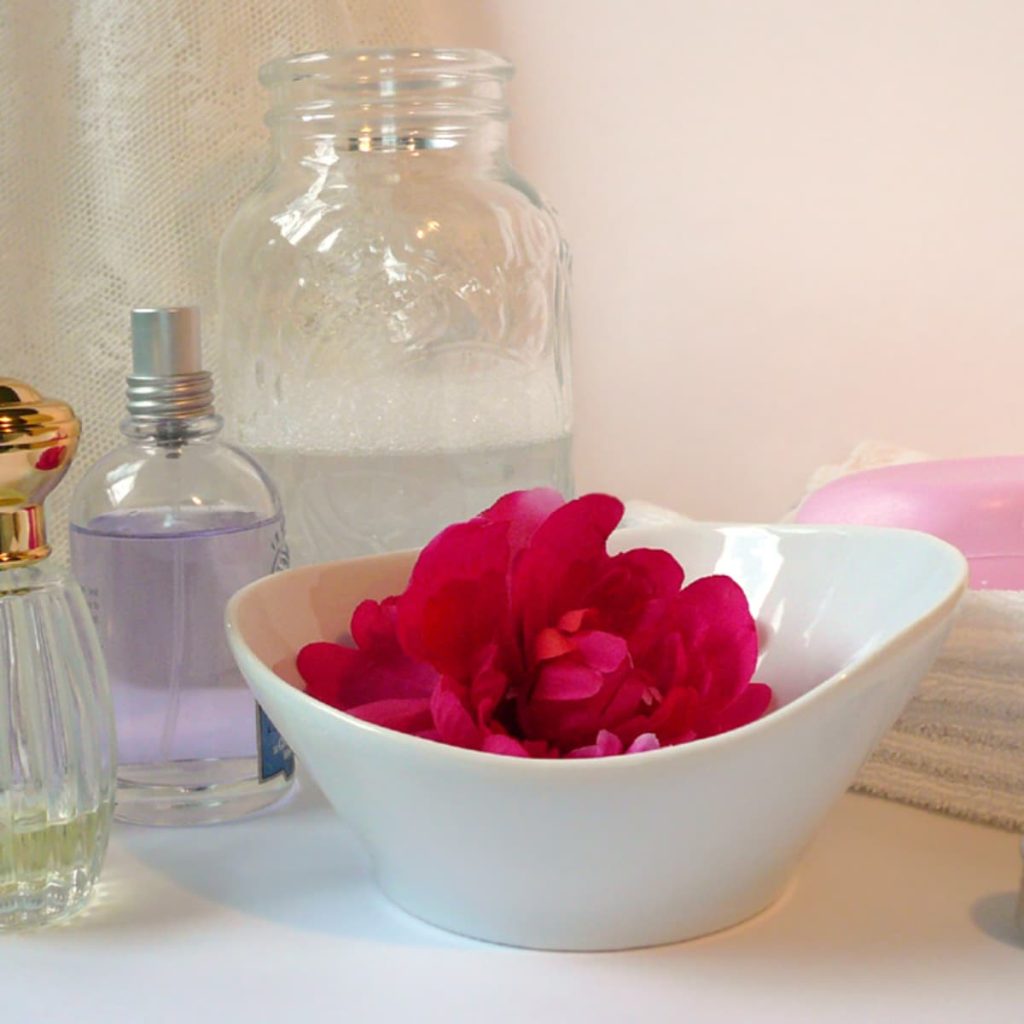Crafting your own perfume is an art that allows you to create a signature scent, uniquely tailored to your preferences. While it might seem intimidating at first, with the right guidance, anyone can master the basics of DIY perfume-making. The process is not only rewarding but also a delightful way to express creativity while using natural and eco-friendly ingredients. The foundation of any great perfume lies in understanding the fragrance pyramid, which is composed of top, middle, and base notes. Top notes are the first scents you perceive when applying perfume; they are typically light, fresh, and fleeting. Middle notes, or heart notes, emerge once the top notes evaporate, providing the body and character of the scent. Finally, base notes are rich, deep, and long-lasting, anchoring the perfume. By balancing these three layers, you can craft a harmonious and well-rounded fragrance.

To begin, gather the essential ingredients: carrier oils, essential oils, and an alcohol base. Carrier oils such as jojoba or sweet almond oil dilute the essential oils, ensuring they are safe for the skin. Choose high-quality essential oils that appeal to your sense of smell and fit into the fragrance pyramid. Alcohol, such as vodka or perfumer’s alcohol, acts as a solvent, helping the scent develop and linger on the skin. Start by deciding on your desired scent profile to make your own perfume scent. Do you prefer floral, woody, citrus, or spicy notes? This decision will guide your choice of essential oils. For instance, lavender and rose work beautifully as middle notes for a floral perfume, while cedarwood and patchouli serve as robust base notes in woody blends. Once you have selected your oils, test combinations by mixing small amounts in a glass vial. Experimentation is key there is no right or wrong in creating a fragrance that feels uniquely yours.
When crafting your perfume, always work with clean tools and in a well-ventilated area. Begin by blending the essential oils in the desired proportions typically, a 30% top note, 50% middle note, and 20% base note ratio works well. Add the mixture to a glass bottle and dilute it with alcohol. Allow the blend to macerate in a cool, dark place for at least 48 hours, or up to several weeks for more complex scents. Afterward, filter the perfume through a coffee filter to remove any residue, and it is ready to use. DIY perfume-making is not only cost-effective but also offers a level of customization that store-bought fragrances cannot match. It is a hobby that encourages self-expression and provides a therapeutic creative outlet. Whether you are making a perfume for yourself or as a thoughtful gift, the result is a unique scent that tells a story yours.
